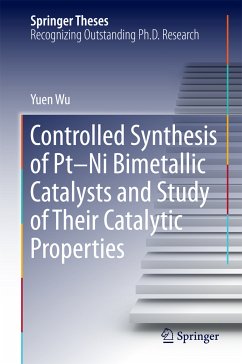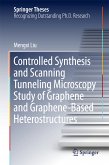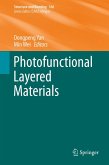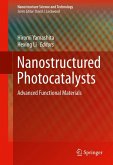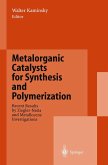This thesis focuses on the controlled synthesis of Pt-Ni bimetallic nanoparticles and the study of their catalytic properties. It discusses in detail the nucleation mechanism and the growth process of bimetallic systems, which is vital for a deeper understanding of the design of bimetallic catalysts. The author presents four pioneering studies: (1) syntheses of water-soluble octahedral, truncated octahedral, and cubic Pt-Ni nanocrystals and the study of their structure-activity relationship in model hydrogenation reactions; (2) a strategy for designing a concave Pt-Ni alloy using controllable chemical etching; (3) defect-dominated shape recovery of nanocrystals, which is a new synthesis strategy for trimetallic catalysts; (4) a sophisticated construction of Au islands on Pt-Ni, which is an ideal trimetallic nanoframe catalyst. This thesis inspires researchers working in materials, catalysis as well as other interdisciplinary areas.
Dieser Download kann aus rechtlichen Gründen nur mit Rechnungsadresse in A, B, BG, CY, CZ, D, DK, EW, E, FIN, F, GR, HR, H, IRL, I, LT, L, LR, M, NL, PL, P, R, S, SLO, SK ausgeliefert werden.

